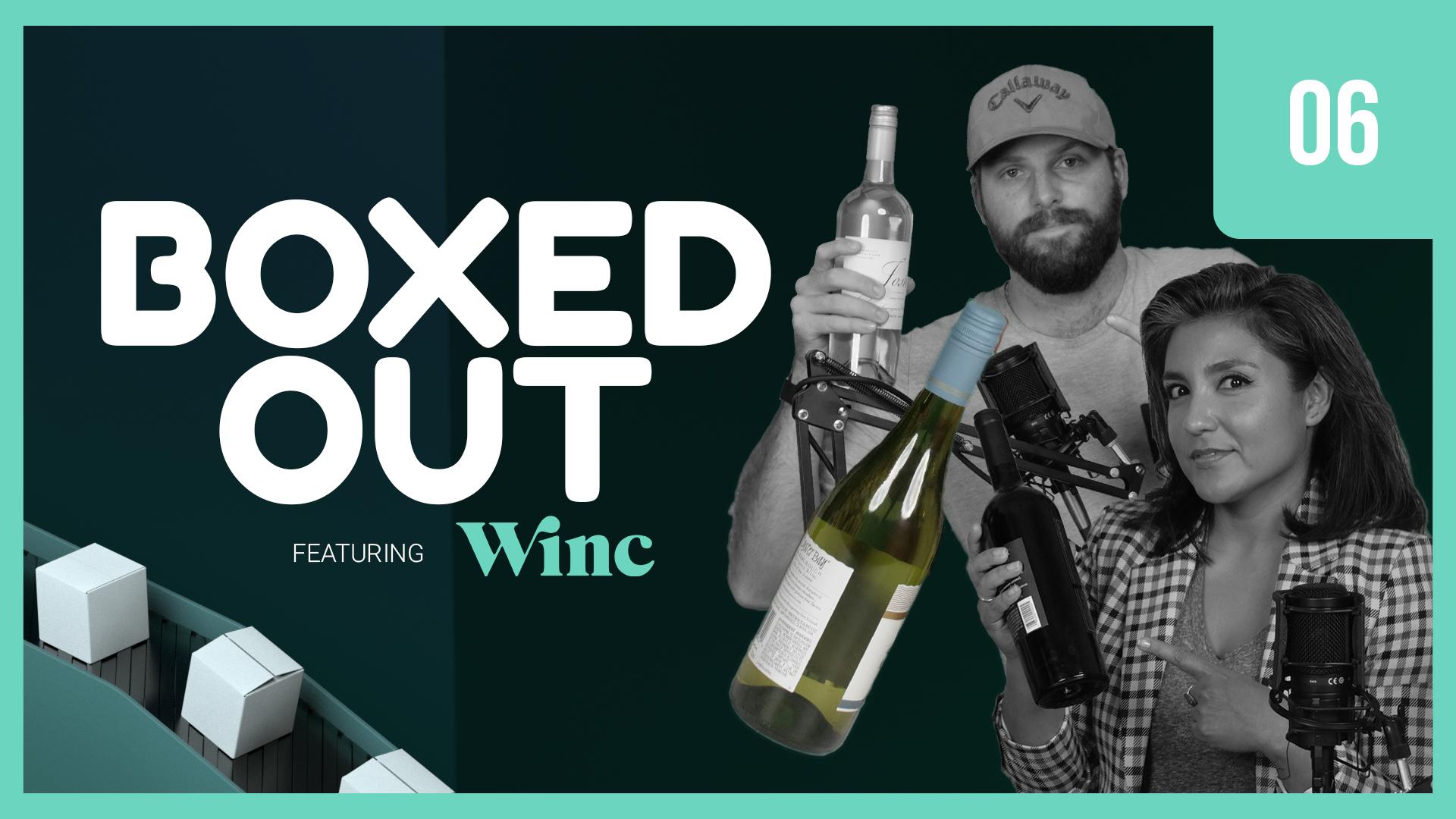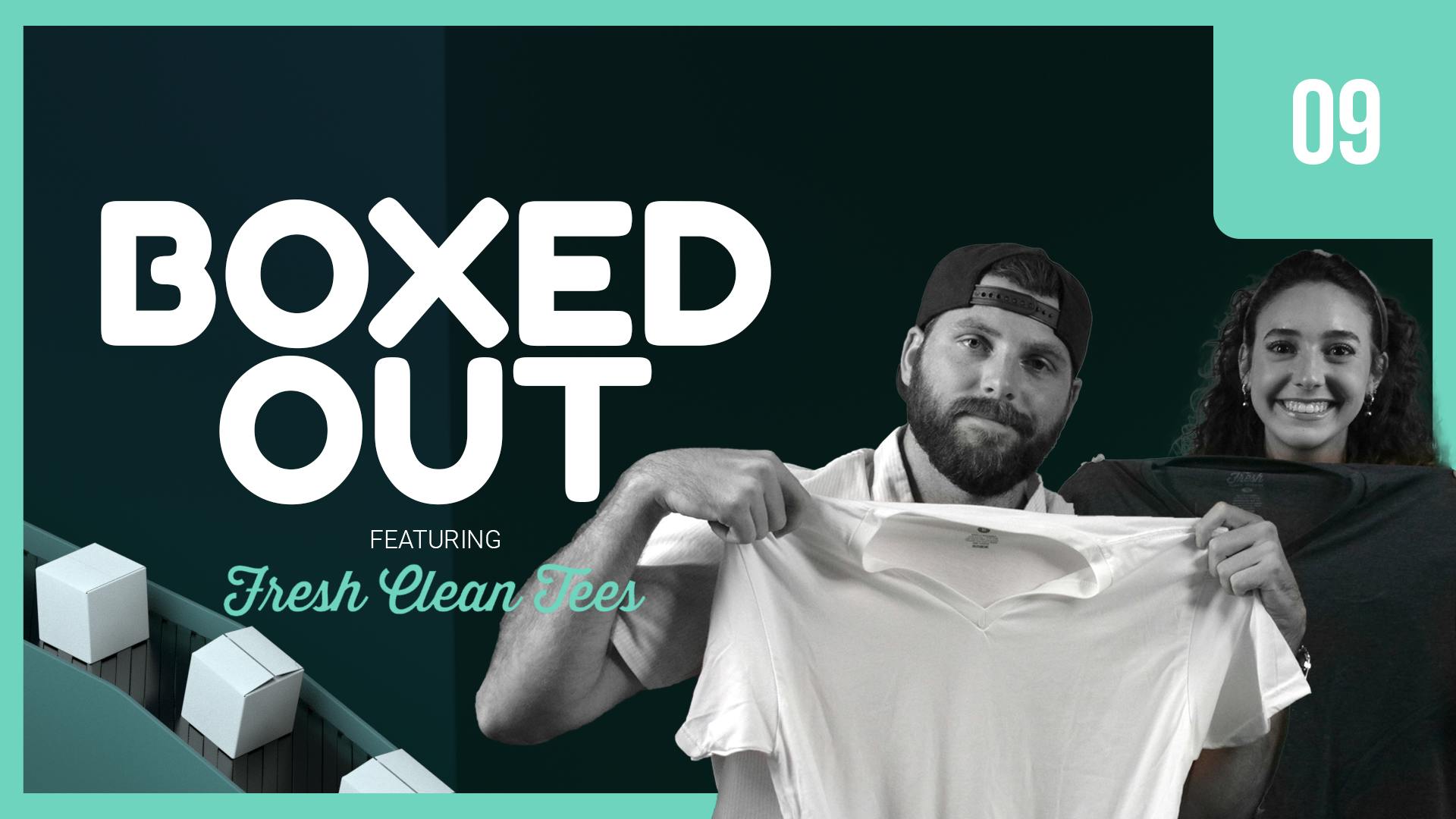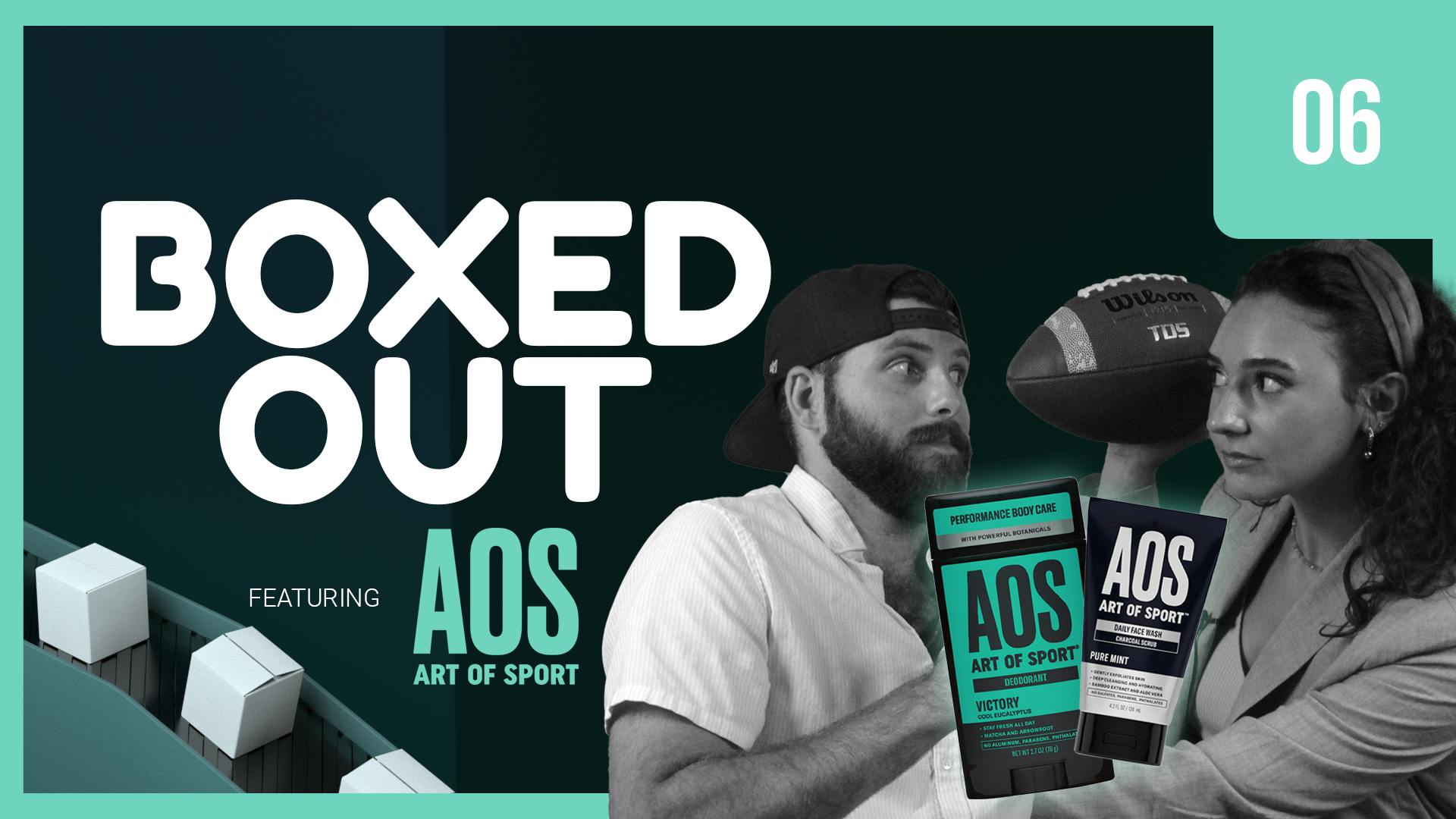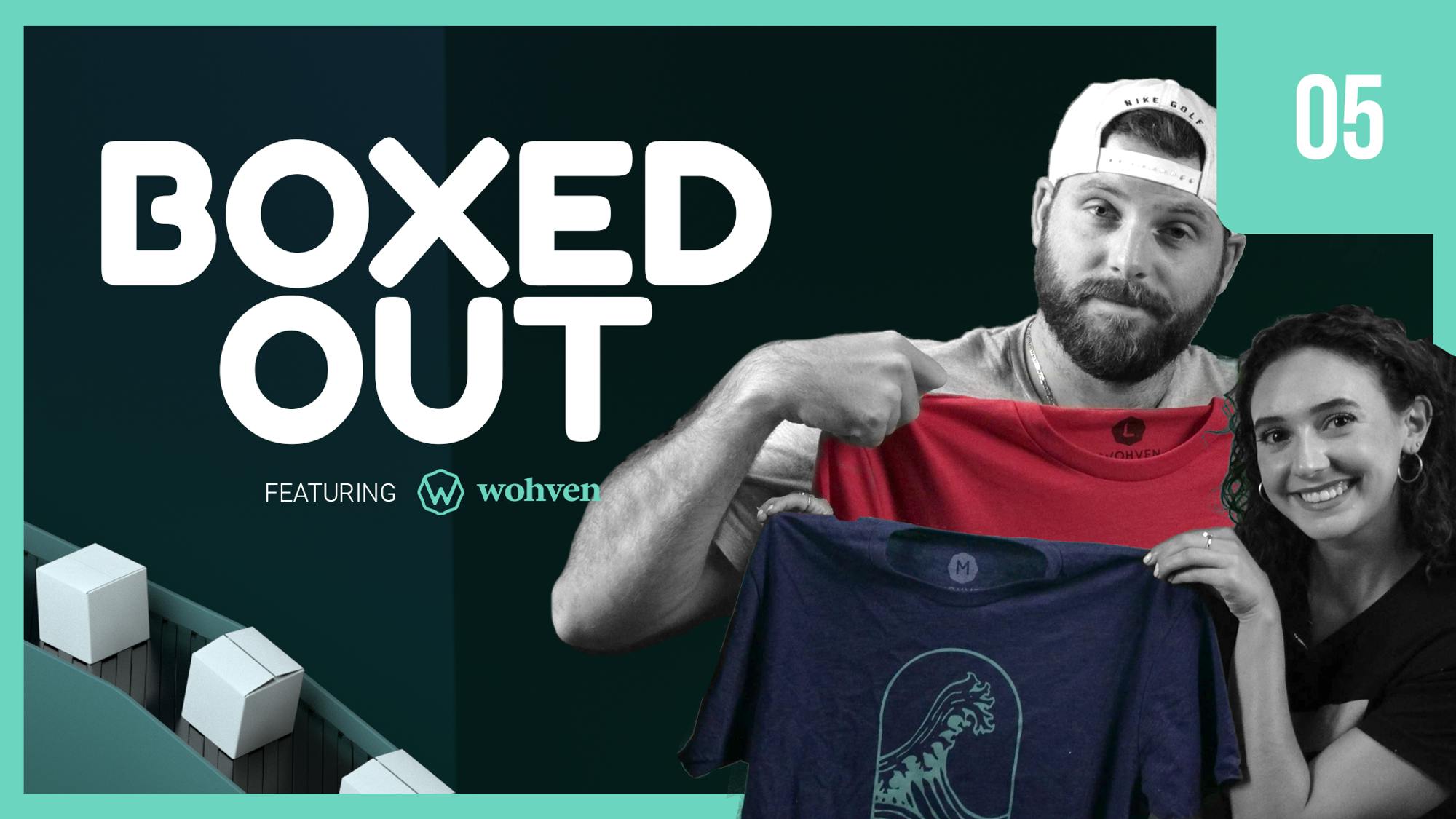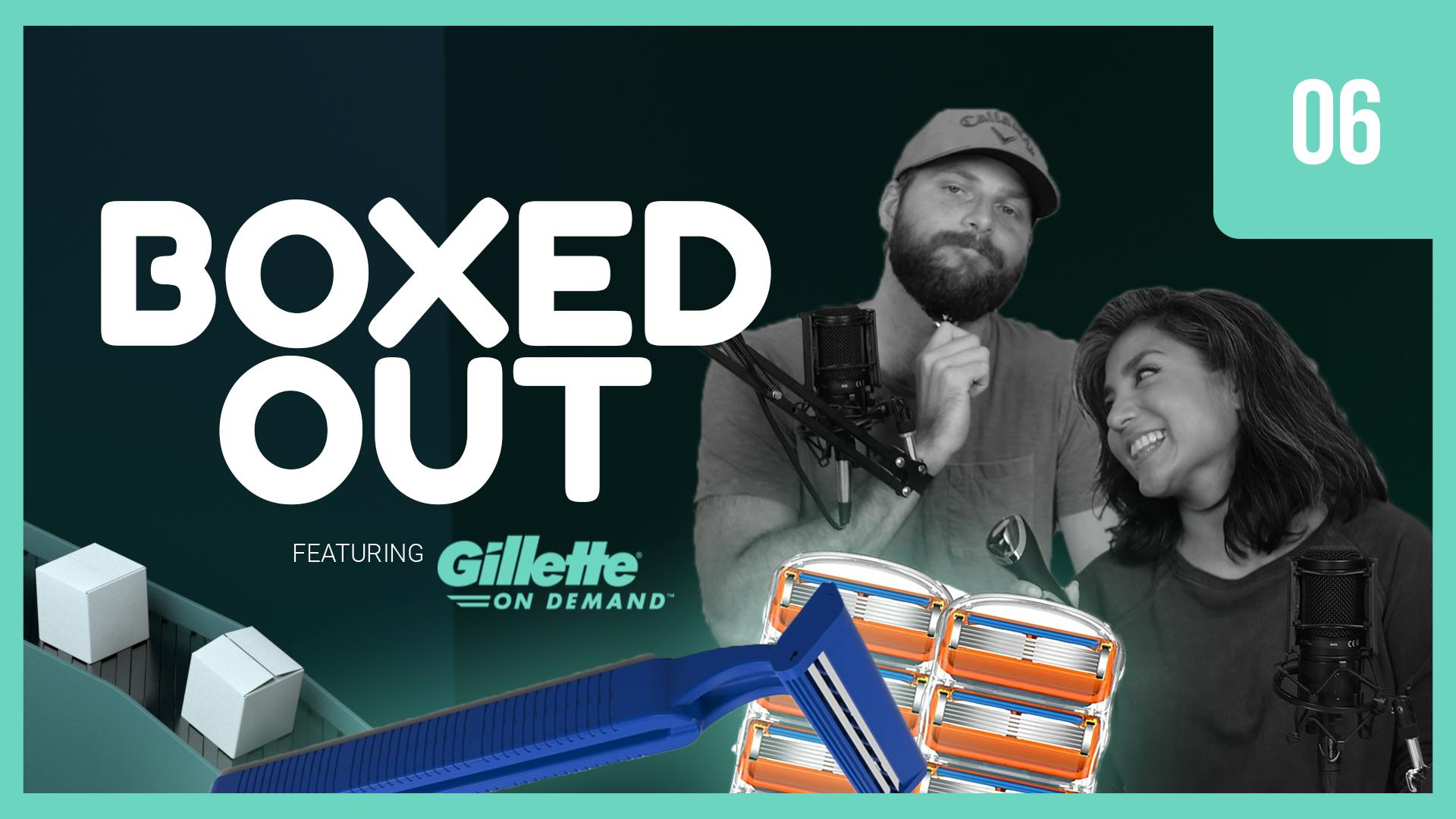
Nom Nom: retention worth barking about
This episode might reference ProfitWell and ProfitWell Recur, which following the acquisition by Paddle is now Paddle Studios. Some information may be out of date.
Please message us at studios@paddle.com if you have any questions or comments!
Today we're talking about Nom Nom, a company that's revolutionized the subscription dog-food market. We're going to learn how Nom Nom utilizes fantastic design and UX on its website, and then we're going to jump into what it’s doing great — and not so great — with its subscription retention strategy, wrapping this all up into a nice case study for improvements for your own brand.
As more and more families are adopting pets, the pet food market is growing exponentially. And Nom Nom's approach to pet nutrition is resonating with pet owners everywhere. But is its retention strategy set up to continue tapping into that massive growth?
Key takeaways:
- "Creating the requirement"
“Creating the requirement” is basically offering some sort of add-on or product feature that clearly identifies a problem and compares the before and after of using the product. In Nom Nom's case, they offer the gut biome kit for your dog. You use it to test your dog's health. This provides leverage for Nom Nom and gets you hooked.Find a way to track progress or reinforce the core value proposition. Even if you can lean into the positive feeling your product provides customers, those reminders help reinforce value for themselves or somebody they bought the product for. - A smooth cancellation flow reduces churn
You absolutely must have a cancellation process in place. Offer smooth offboarding with a one- to two-question survey on why a customer is leaving, leading to a salvage offer or pause plan. It’s just enough friction to reduce some churn and not hurt the long-term possibility of reactivations.Proper salvage offers and a clear offboarding experience tend to save 15%-30% of cancellations. - Make certain your credit card failure process is optimized
When a credit card fails or declines, you should absolutely include an intelligent email drip campaign based on the customer's behavior. Include the following:
Four to five plain text emails (these aren’t sent when a credit card goes back on file).
SMS messages in the flow
Liven up the credit card form to properly capture the customer back in a more secure, branded, and pleasing way.
NOM NOM
Pets have become an essential part of many people's lives. There is no better friend in times of joy and sadness than a furry companion. In the US alone, over 85 million families own a pet. And these pet owners take their pet’s health and happiness very seriously.
However, pet owners are struggling to find and provide the best nutrition for their pet. Many busy professionals also struggle to find the time to go out and shop for their pets’ treats and meals. Because of this, they’re willing to pay more for quality, customization, and convenience.
Nom Nom, a pet food subscription service for dogs and cats formulated by board-certified veterinary nutritionists is addressing each of those pain points head on.
Nom Nom was founded in 2015 by Nate Phillips and Alex Jarell after a personal experience with their own pets. Both recognized a need for high-quality and healthy pet food.
Alex and Nate had two Australian shepherds named Harlee and Mim. When Harlee fell ill, the two needed to seek vet care. After diagnosis, the vet recommended Harlee be fed a fresh and healthy diet to boost her immune system. However, Nate and Alex couldn't find any suitable food on the market, which led them to create Nom Nom.
To ensure they produced a high-quality product, Alex and Nate partnered with a leading board-certified veterinary nutritionist, Dr. Justin Shmalberg. They also partnered with a former Google engineer who helped create a compelling and unique operational platform that was unmatched in the industry.
NOM NOM's success
Nom Nom's commitment to quality and convenience are two of the greatest factors that have led to their success.
The founders still control every aspect of production to ensure the quality stays high. Every meal is made in the Nom Nom kitchen, where ingredients are carefully sourced. A team of PhDs and board-certified veterinary nutritionists ensure recipes are based in science and result in the highest nutritional value for pets.
Nom Nom’s second component to its success is the founders’ ability to make their product accessible and convenient. Understanding firsthand how difficult it can be to find healthy and nutritional pet food — as well as the uncertainty regarding over- or under-feeding their dogs — caused Alex and Nate to eliminate these pain points completely.
At Nom Nom, meals are methodically cooked and mixed to ensure all vital nutrients remain in the finished product. To take additional guesswork out of apportioning food, the company also created its own machine to precisely determine dish amounts. All customers have to do is open up Nom Nom packs and serve them to their pets.
Nom Nom offers healthy and nutritional food for dogs and cats. Board-certified veterinary nutritionists create each recipe to exacting nutritional levels established by the AAFCO Food Nutrient Profiles.
Meals and treats are made with real food and human-grade quality ingredients free from artificial flavors, colors, fillers, and common allergens. They are also handpicked by a certified veterinary nutritionist.
Nom Nom works to personalize each pet’s meal plan based on individual nutritional needs. This helps to ensure that pets receive a high-quality diet and treats tailored specifically to them. They also come in conveniently portioned serving sizes.
Additionally, Nom Nom has a team of dogs and cats that taste the food before it reaches the market. These four-legged friends are professional taste testers and have helped Nom Nom make numerous improvements to its products over time.
The Nom Nom approach to pet nutrition is based on the idea that what pets eat will impact their overall health and happiness. And that message in particular is resonating with pet owners everywhere.
As more and more families are adopting pets, the pet food market is growing exponentially, and Nom Nom is perfectly positioned to keep growing as a brand.
Retention Review
Not everything's amazing about Nom Nom’s strategy—but there’s still a lot to learn from the company. It does a great job at appealing to the niche part of the market and expanding that niche steadily. It also does well at building its brand via differentiation with its customer base. That being said, we need to remember: retention is key and an area where most brands mess up.
Why is retention important?
You spend half of your budget and time acquiring customers, but to be successful, you need to keep them. The beauty of the subscription model is that the relationship with the customer is baked directly into how you make money. If that customer is happy, they'll keep buying from you in the long term. If they're upset or not seeing the value, they'll cancel—quickly.
Plus, money talks here. Subscription ecommerce companies using the tactics we're going to talk about have 2x the customer lifetime value (LTV), 2x the average order value, and 3x higher growth rates, because they're not worried about plugging a leaky retention bucket.
To highlight the importance here, let's look through Nom Nom's retention strategy and break down what they're doing well, and not so well, so you can learn for your own DTC business.
Retention has three parts:
- Active churn, which are customers who are actively choosing to cancel your product.
- Expansion revenue, which are your existing customers that buy more product.
- Delinquent (or involuntary) churn, which are customers who's credit card or payment has failed, which sadly is one of the largest single buckets of where you're losing money.
Active Churn
When we look at Nom Nom's active churn, there are so many reasons why a customer may cancel—some you can control, others you can't. We want to make sure Nom Nom is not only setting up their customers for long-term retention in the initial purchasing process, but that they're also collecting information on why someone's cancelling, if they so happen to, in order to get a clean cycle of retention improvement.
Nom Nom’s active cancellation strategy is pretty good. First, I really liked its onboarding flow. It’s beautiful. It got me with pictures of other dogs because I related them directly to my dog. The branding is just spot on.
The strategy definitely goes beyond branding though because in the onboarding process, it asks a couple of questions to get to know your dog. As you go through this flow, you get deeper and deeper buy-in to the process and also have more loss aversion around completing the flow. This is a big thing to keep in mind when it comes to your onboarding. It’s ok to add a little bit of friction to guide the customer through. It actually works in your favor.
The other thing we tend to see here is that the onboarding flow provides a lot of information for retaining the customer or even converting them if they drop off. Imagine I drop off here: Nom Nom can still email me about great offers for my dog. When your product is primarily for another person or animal, you should be asking for this type of information to help with your nurturing. It really works.
This gut biome kit it offers is actually also pretty brilliant. Essentially, you use it to test your dog’s health, and presumably you can keep checking it over time, especially before and after putting your dog on the Nom Nom diet. While I inherently like the idea of this offering, think of the leverage this gives Nom Nom in the mind of the pet owner.
You don’t want your dog to have poor health. Products like this get you hooked on Nom Nom to make sure your pet gets proper nutrition. This concept is called “creating the requirement,” which is basically offering some sort of add-on or product feature that clearly identifies a problem and compares the before and after of using the product. Throw in an app to track my dog’s health and you have a crazy recipe for retention.
The big takeaway for your brand is to find a way to track progress or reinforce the core value proposition. It may not be a particularly scientific way of doing it, but even if you can lean into the positive feeling your product provides customers, those reminders help reinforce value for themselves or somebody they bought the product for.
One area of improvement for Nom Nom could be its offboarding flow. I was so excited to get to this point because I thought it’d be brilliant based on everything else, but it was very, very weak. So much so, it was almost like Nom Nom forgot about it. When I went to cancel, the flow didn’t really ask me anything or offer anything for me to stick around. I was just able to walk away.
It’s not like the offboarding should hold you hostage, but the best brands out there ask a question or two to understand why you’re leaving. Based on that answer, the flow can push you to some sort of an offer. Some folks obviously still cancel, but companies that properly offer up salvage offers tend to save 15-30% more customers who go through a cancellation flow - this is based on data from just over 1,000 DTC subscription companies.
Expansion Revenue
Expansion revenue is crucial, because your existing customers are more than willing to buy 3x more from you—you just have to make sure to ask. Plus, those customers who have at least one add-on or additional purchase tend to have 18-54% higher lifetime value, meaning they're paying you more over the life of the subscription, but they're also sticking around longer, because they're more ingrained within your product.
Nom Nom’s expansion revenue was pretty good. You can clearly see there was some thought put into the offerings where they essentially include the core food product along with treats and other supplements for your dog. If you already have me hooked on the core value proposition, then give me all the “things” to help fulfill that value.
This is something we see most brands miss out on. They don’t unify their offerings and add-ons underneath a similar value point. It’s as if they let what they can fulfill through the warehouse dictate what should be sold. Obviously that’s going to be a constraint, but if you align everything around your value, you’ll get so many more add-ons purchased. I will just add that the upgrade path Nom Nom did in its checkout flow was just brilliant to me. Beautiful.
On a similar note, I love how Nom Nom offers up half-portion options. Nom Nom is not cheap compared to traditional dog food. That’s ok because it is leaning hard into the core value proposition of health, and people are willing to spend a lot of money on their pets. Some folks don’t want to commit to that high price point though or they need to transition their pup into adult food. All of this to say that a solid starting point is better than nothing for your dog.
One other piece here that isn’t necessary, but I think is perfect for Nom Nom is adding a donation option. The brand’s whole thing is “better food for better pet health.” Why not attach to a cause? Who isn’t emotionally attached to their dogs and other dogs out there? It’s a no brainer.
It doesn’t have to just be a philanthropic endeavor. It’s actually a great idea for growth. In a study we did on thirty-thousand subscription ecommerce customers, those who opted into a subscription donation tended to have 10-20% higher retention than those who didn’t opt in.
Strategies like this create a phenomenal product marketing flow in which you can remind customers of all the other dogs they’re helping. It also creates an aversion to cancelling because it encourages customers to keep their dog and others on healthy food.
Credit Card Failures
Now let's talk about the sexiest topic in the world—credit card failures. We know you don't wake up sweating in the middle of the night thinking about credit cards—that's our job—but here's why we obsess over things like this: just under 40% of the customers that leave you are leaving you because of failed payments. To get these folks back, we want to make sure Nom Nom is treating these folks like a marketing channel, sending them messages before the point of failures, all the way to after the point of failure through email and text messages.
This is where Nom Nom could see some improvement. It’s doing the basics, which is better than most brands, but there are some key misses in its strategy. For one, Nom Nom is sending only a couple emails that are super markety looking. While you don’t want to send too many emails, the key is to try to hit a balance of four to five in an intelligent drip sequence over a 14-day period. Keep in mind that if you don't get updated payment information, these customers aren't coming back. You can make this a great experience by spending some time on the copy here.
These should be plain-text emails. We find that plain text works so much better than HTML-heavy, markety emails. Have them come from a human being and make sure the copy really boosts the value of the product. Nom Nom’s copy is kind of generic and straightforward. It should shoot for more branded emails that remind customers how they’re going to miss out on healthy food for their dogs.
One piece Nom Nom did well on was its credit card update form. When I click on the email asking me to update my payment information, I don’t have to log in. By eliminating that friction, Nom Nom is ensuring I can update my payment information quickly, which will help overall recovery rates. Most brands aren’t doing this. Instead they are pushing people to a login screen that they’ve long forgotten the password for and also sending them to the worst-designed page on their site.
One thing to keep in mind though is Nom Nom page looks a bit too plain and “scammy”. We normally see pages like this perform better than the login option, but worse than they other strategies. You should add at least some branding on this page besides a logo. We find it best to put an interstitial on an actual landing page.
One last thing you should look out for is how many times you retry the payment. You can get a lot of failed payments back by just retrying the card, but Nom Nom had weak retry logic since it only tried my card a couple of times. You want to optimize retries around your email campaign and the given days of the month.
Overall:
I think while Nom Nom has done an above average job, there's a good amount of work to still be done. It just needs to take the talent it has applied to the brand, product, and experience and apply it more to the retention side of the business.
Retention Revamp
Let's revamp. First though, why do we feel we have any authority to even talk about this? Roughly 20% of the entire subscription market is using ProfitWell, so we're sitting on more data than anyone else. Simply put, we have the data to know what works and what doesn't, and we care more about this problem than anyone else out there.
Let's walk through what we'd steal and what we'd change immediately about Nom Nom's retention strategy, so we can all learn for our own brands.
Steal it:
Keep the customer engaged past the purchase
The gut biome kit is a great addition to the app. Essentially, Nom Nom gives you something that’s probably not as measurable as it’s made out to be, but it helps the company track progress and whether customers are using it before and after getting the biome kit. It helps get customers bought into the value proposition.
Obviously not all of your brands are going to have a super obvious tactic like a gut biome test, but if you think through your experience and value proposition, there are probably check points you can implement to keep the customer engaged. You may even need to ask them in an onboarding flow what they’re most trying to get out of the product and then compare answers you get over time. Another great example is Quip that does this in the dental space.
Change it:
Nom Nom needs to implement a cancellation flow ASAP
In terms of what we'd change, the big piece is going to be that cancellation flow. Right now, Nom Nom is just letting you walk away, and I have a feeling it’s because it just hasn’t put in any effort here. The brand is definitely losing a lot of revenue.
Not all customers who cancel are lost. Sometimes it’s timing or a vacation or a whole list of things that have nothing to do with you. Instead, offer up a smooth offboarding experience with a 1-2 question survey on why they’re leaving that leads to a salvage offer or pause plan. It’s not a ton of friction, but it’ll reduce some churn and not hurt the long-term possibility of reactivation.
We’ve found that those companies that properly offer up salvage offers and a clear offboarding experience tend to save 15-30% of cancellations - this is based on a study we completed looking at just over 1,000 subscription ecommerce companies.
Credit card failure process needs upscaling
Nom Nomneeds to upscale its credit card failure process. It isn’t a small brand anymore and should stop acting like one with its current process because it’s losing a lot of money by doing the bare minimum. It needs 4 to 5 plain-text emails going out in an intelligent drip sequence based on the customer’s behavior after the card is declined. It also should add SMS messages into this flow and liven up the credit card form a bit to more properly capture the user back in a secure way.
Who's up next?
Next week, we're taking on the world of Wine with Winc. It has become incredibly popular recently by bringing a huge selection of wine right to your door, and next week, we’re going to see how good its retention strategy is.
